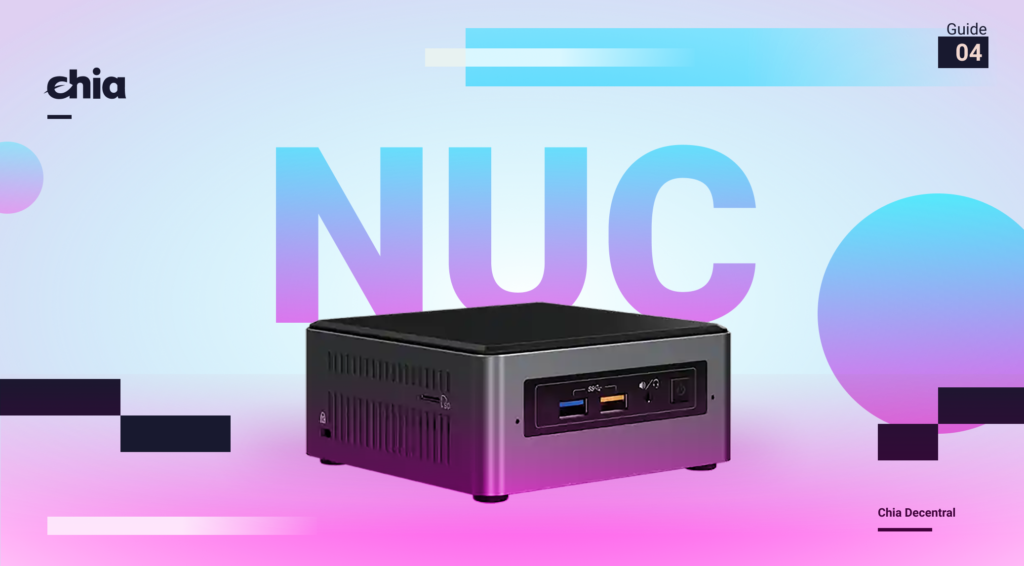

- #Keybase chia how to
- #Keybase chia drivers
- #Keybase chia password
- #Keybase chia Offline
- #Keybase chia series
If you had any previously generated (and/or managed by Keybase) GPG keys, I recommend that you use drop option to drop them. List List the active PGP keys in your account. Select Select a key from GnuPG as your own and register the public half with Keybase The ones most relevant for our topic here are: 1 Keybase comes with variety of options for PGP in its CLI subcommand keybase pgp. ✎ Using GPG keys (managed by YubiKey) with Keybase Next, I wanted to explore how can I use this key with Keybase. The process is pretty straightforward and eventually I ended up with 1 master key and 3 subkeys (one for signing, one for encryption and one for authentication): 1 You can find more details about proceedure for generating GPG keys for both strategies on that page.Īs far as my keys are concerned, I have followed another (by now very famous guide) at drduh/YubiKey-Guide. However, of the two methods above, the first one is strongly recommended (by YubiKey) because 1st method provides opportunity of “safely” backup GPG keys (in sume durable form - either paper or other electronic form), at least according to the official article Using Your YubiKey with OpenPGP.
#Keybase chia Offline

#Keybase chia how to
#Keybase chia series
On the press of those keys, device generates series of keystrokes that are verified by service provider, in similar fashion how OTP tokens are generated in the 1st option above. You can read more about this feature on the product page.īasically the device comes equipped with two pins (one on each side) that you need to press when prompted for 2nd factor key from services that support this standard.
#Keybase chia drivers
U2F is an open authentication standard that enables internet users to securely access any number of online services with one single security key instantly and with no drivers or client software needed.

For those that are new to this, here is what it means: For this to work you need the device plugged into one of your mobile/desktop (physical) devices and Yubico Authenticator app/client for one of the supported OSes.īy using it as FIDO U2F device.

#Keybase chia password
It is also worth mentioning that it has good support from password managers.īasically, you can use it as 2nd factor authentication device in two ways:īy using it as virtual MFA device.


 0 kommentar(er)
0 kommentar(er)
